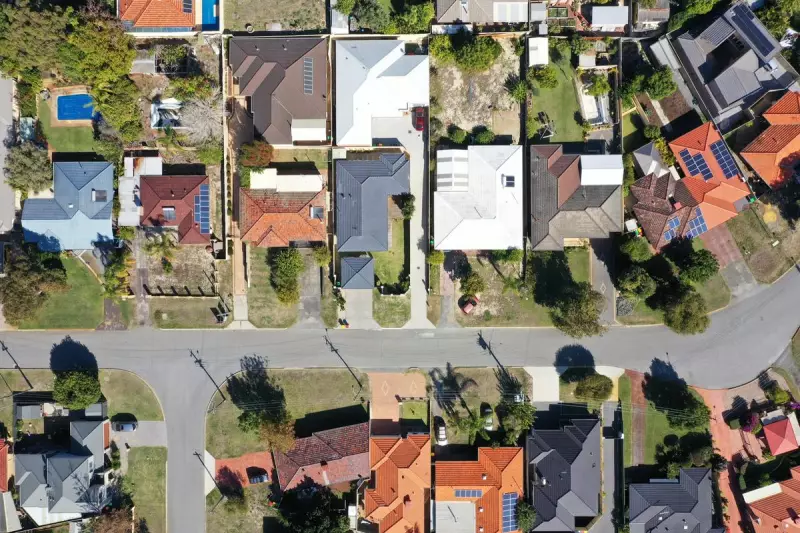
Perth's housing market has reached a critical tipping point, with new data revealing that typical Australian families can now afford just 17 per cent of homes listed for sale in the city. The alarming figures from PropTrack highlight a deepening affordability crisis that's pushing home ownership out of reach for many Western Australians.
The Shocking Reality of Perth's Housing Market
According to the latest PropTrack Affordability Index, a typical household earning approximately $130,000 per year faces severe limitations in today's property market. The research, which analysed properties listed for sale in the June quarter, paints a grim picture for aspiring homeowners.
The situation has deteriorated significantly over the past year, with affordability declining sharply as property prices continue to outpace income growth. PropTrack senior economist Paul Ryan didn't mince words when describing the current climate, stating that affordability is now at its worst level in decades.
What makes these figures particularly concerning is that Perth was traditionally considered one of Australia's most affordable capital cities. However, the rapid price growth over recent years has eroded this advantage, creating unprecedented challenges for local families.
What's Driving the Affordability Crisis?
Several factors have converged to create this perfect storm in the Perth property market. Strong population growth driven by interstate migration has increased demand, while construction delays and material shortages have limited new housing supply.
Interest rate increases have played a significant role in reducing borrowing capacity for prospective buyers. Despite recent price growth, Perth remains more affordable than eastern states capitals, which has attracted investors and further heated the market.
The rental crisis has also contributed to the problem, with many renters feeling increased pressure to enter the property market despite worsening affordability conditions. This creates a cycle where demand continues to outstrip supply, pushing prices higher.
The Impact on Western Australian Families
The consequences of this affordability squeeze extend far beyond simple statistics. Families are being forced to make difficult compromises, including looking at suburbs further from the city centre or considering smaller properties than they'd originally planned.
First-home buyers are particularly affected, with many having to delay their property ownership dreams or rely on financial assistance from family members. The situation has also led to increased competition in more affordable price brackets, creating multiple-offer scenarios that further drive up prices.
Regional areas within commuting distance of Perth have seen increased interest as buyers search for more affordable options. However, this creates its own challenges, including longer commute times and reduced access to services and amenities.
The PropTrack data serves as a stark reminder of the urgent need for solutions to Australia's housing affordability crisis. With Perth now joining other capital cities in experiencing severe affordability constraints, the pressure is mounting on policymakers to address the fundamental supply and demand imbalances in the market.





